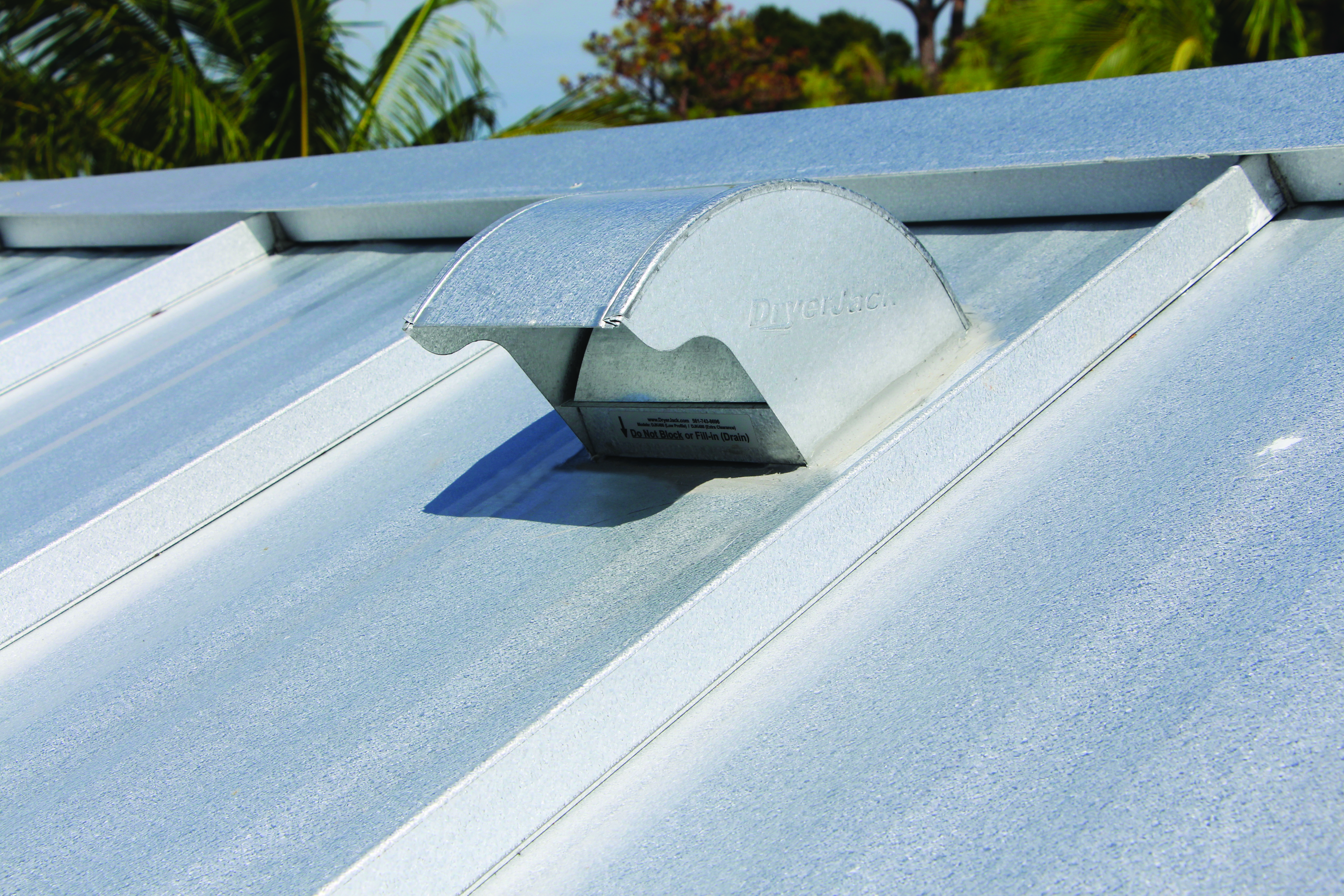Currently there is no ade quate standard test method to evaluate the potential for wind driven rain to enter attics through soffit vent openings such as those shown in figure 6.
How to keep rain out of dryer roof vents.
Before climbing up to the roof get behind the dryer to vacuum out the vent.
You simply need to pull the lint out.
Loose vent covers can allow rain to blow into the attic.
This can become difficult if the system is especially complicated or if the vent is vertical and requires roof access.
This video shows one possible way to do that.
It this is the case you need to create a breathable shield to slow the driving rain drops while still allowing air flow.
Your home may require professional dryer vent cleaning from dryer vent specialists especially if the vent is on the roof.
You will need to use a vacuum to clean out the length of the vent and unless you have access to an industrial vacuum it is unlikely that you ll be able to do this from the roof.
When it rains rain water collected by it trickles down the inside wall of the pipe and leaks out at the joint as shown in the pic.
How to keep rain from blowing in attic vents.
If your roof vent leaks during heavy rain the rain may be blowing up under the hood and into the vent.
Please see attached pic of a 4 way in the pipe vent stack vent the one that is used to prevent vacuum forming in drainage lines.
This is how to stop a roof leak in the rain.
The immediate thing to do is to contain dripping water from the leak.
Use a ladder to access the vent and tighten the screws of the vent cover.
Steam and condensation naturally occur in small amounts in dryer vents.
Vacuum on the ground floor.










